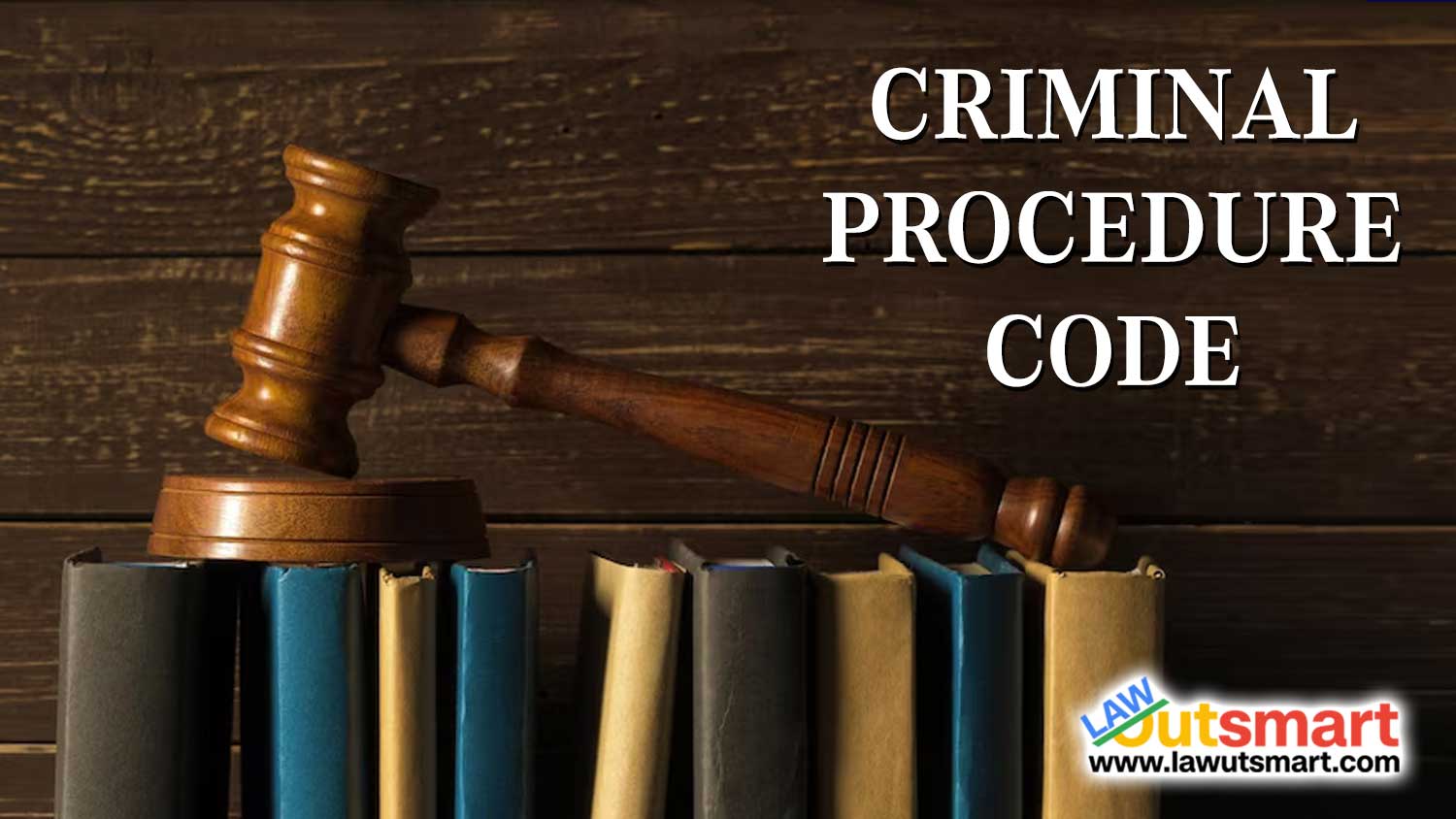The criminal justice system is a complex network of laws, processes, and institutions designed to maintain social order and administer justice. At the heart of this system are various forms of custody—chiefly, police custody and judicial custody—that a person may find themselves in, following arrest or during the course of a legal proceeding. While both terms involve the detainment of an individual, they are governed by different legal parameters, serve distinct purposes, and confer different rights and protections to the detainee. This article delves into the nuanced differences between police custody and judicial custody, highlighting the implications for the individuals involved and the justice system at large.
Definitions
Police Custody
Police custody refers to the initial period of detainment when an individual is held by the police following arrest or during an ongoing investigation. During this time, the police have the authority to question the detainee, collect evidence, and carry out other investigative activities.
Judicial Custody
Judicial custody, on the other hand, occurs when an individual is placed under the control of the court, often following the initial police custody period. In this phase, the detainee is often moved to a jail facility and is under the purview of the judicial system rather than law enforcement.
Legal Framework
Police Custody
The authority and duration of police custody are generally prescribed by statutory laws, such as the Criminal Procedure Code, and are subject to oversight by the judiciary. In many jurisdictions, there is a time limit—often 24 to 48 hours—within which the police must either release the detainee or bring them before a judicial officer for a bail hearing or further remand.
Judicial Custody
The legal framework for judicial custody is also outlined in statutory laws but is more explicitly governed by the rules of criminal procedure and court orders. Judicial custody may last for extended periods, subject to periodic reviews by the court, and can extend until the conclusion of a trial or the serving of a sentence.
Rights and Protections
Police Custody
Individuals in police custody often have limited rights compared to those in judicial custody. While they generally have the right to legal counsel and protection against self-incrimination, the environment is more conducive to interrogations. Some jurisdictions also allow for “custodial interrogation,” where the police can question the detainee without the presence of an attorney under specific conditions.
Judicial Custody
Judicial custody affords more robust protections to detainees. The right to fair treatment, legal representation, and periodic judicial review are more rigorously enforced. There’s also a lower risk of custodial abuse, given the more regulated environment.
Purposes Served
Police Custody
The primary purpose of police custody is investigative. Police aim to gather enough evidence to either charge the individual with a crime or ascertain that they are innocent.
Judicial Custody
The purpose of judicial custody varies but is generally focused on ensuring the detainee’s appearance at trial, safeguarding public safety, or serving a sentenced term.
Oversight Mechanisms
Police Custody
Oversight in police custody is generally limited, often involving only internal police regulations and some degree of judicial scrutiny. There is usually a higher risk of abuse or misconduct, given the lack of external oversight.
Judicial Custody
Judicial custody comes under the purview of the judiciary and is subject to more stringent oversight, including periodic reviews, and is often monitored by external bodies like human rights organizations.
Conclusion
Police custody and judicial custody are integral but distinct aspects of the criminal justice system, each with its own set of rules, rights, and oversight mechanisms. Understanding the difference between the two is crucial for legal practitioners, policy-makers, and the public at large, as it directly impacts the administration of justice and the protection of individual liberties.
By analyzing their differences in definition, legal framework, rights and protections, purposes served, and oversight mechanisms, we can better appreciate the complexities and challenges inherent in each form of custody. This knowledge not only educates us but also allows us to advocate for a more just and humane system.

